A practical guide to understanding the biggest companies on Earth, why they matter, and how to invest without overthinking it.
| Rank |
Company Name |
Symbol |
Dividend Yield |
Payout Ratio |
Description |
| 1 |
Microsoft |
MSFT |
0.69% |
24.9% |
Develops software, cloud infrastructure (Azure), and enterprise tools. Known for strong recurring revenue and global enterprise dominance. |
| 2 |
Apple |
AAPL |
0.52% |
~15% |
Designs consumer electronics and services including iPhone, iPad, and Apple Services. High margins and massive cash reserves. |
| 3 |
Nvidia |
NVDA |
0.03% |
~1.3% |
Produces GPUs for AI, gaming, and data centers. Powers much of the global AI infrastructure. |
| 4 |
Eli Lilly |
LLY |
~0.80% |
~45% |
Develops pharmaceuticals, especially in diabetes, obesity, and oncology. Strong pipeline and pricing power. |
| 5 |
Alphabet |
GOOGL |
0.47% |
~20% |
Parent of Google and YouTube. Dominates digital advertising and cloud services. Recently initiated dividends. |
| 6 |
Amazon |
AMZN |
0.00% |
0.00% |
Operates global e-commerce, AWS cloud services, and logistics. Reinvests heavily in growth. |
| 7 |
Meta Platforms |
META |
0.42% |
~12% |
Owns Facebook, Instagram, and WhatsApp. Investing in AI and virtual reality platforms. |
| 8 |
Berkshire Hathaway |
BRK-B |
0.00% |
0.00% |
Diversified holding company with insurance, railroads, energy, and equity investments. Known for capital discipline. |
| 9 |
UnitedHealth Group |
UNH |
~1.30% |
~30% |
Provides health insurance and healthcare services. Strong cash flow and consistent dividend growth. |
| 10 |
JPMorgan Chase |
JPM |
~2.50% |
~35% |
Largest U.S. bank by assets. Offers consumer and institutional financial services. |
| 11 |
Bank of America |
BAC |
~2.80% |
~30% |
Major U.S. bank with broad exposure to consumer and commercial lending. |
| 12 |
Tesla |
TSLA |
0.00% |
0.00% |
Designs and manufactures electric vehicles, batteries, and energy solutions. High growth, no dividend. |
| 13 |
Taiwan Semiconductor |
TSMC |
~1.60% |
~35% |
World’s leading semiconductor foundry. Manufactures chips for Apple, Nvidia, and others. |
| 14 |
Saudi Aramco |
2222.SR |
~3.80% |
~60% |
World’s largest oil producer. State-owned, with strong cash flow but geopolitical exposure. |
What Market Value Really Means—and Why It Matters in 2025
When we talk about the most valued companies in the world, we’re talking about market capitalization—the total value of a company’s outstanding shares. It’s a quick way to measure size, but also a signal of influence. These companies shape global supply chains, drive innovation, and anchor major stock indexes. For investors, they’re more than just headlines—they’re indicators of where capital is flowing and which sectors are leading the charge. In 2025, the leaderboard includes Microsoft, Nvidia, Apple, Amazon, and Alphabet, alongside global powerhouses like Saudi Aramco, TSMC, and Eli Lilly. Understanding what makes these firms so valuable helps investors cut through the noise and focus on what really drives long-term wealth.
Want expert insights from leading investment podcasts? Scroll to the end to the Podcast Transcripts📜
Top 10 Most Valued Companies in 2025: Innovation, Scale, and Global Reach
In 2025, the world’s most valued companies reflect a blend of technological dominance, healthcare breakthroughs, and energy leadership. Microsoft MSFT leads the pack with its global cloud infrastructure and enterprise software, while Nvidia NVDA has become the engine behind AI, powering everything from data centers to autonomous vehicles. Apple AAPL continues to thrive on its ecosystem of devices and services, and Amazon AMZN remains the backbone of global e-commerce and logistics. Alphabet GOOGL, through Google and YouTube, dominates digital advertising and search. Meta META is betting big on the metaverse and AI-driven content, while Saudi Aramco anchors the energy sector with unmatched oil production and reserves.
Two standout podcast episodes offer deeper insight into how these companies reached the top. In The Journal by WSJ, analysts unpack Nvidia’s rise from gaming GPUs to AI infrastructure. “They didn’t just ride the AI wave—they built the surfboard,” one guest notes at 06:58 ⏱️, highlighting the company’s early bets on parallel processing. Meanwhile, Bloomberg’s Odd Lots explores Apple’s shift from hardware to services. At 10:21 ⏱️, the host explains, “Apple’s pivot to recurring revenue is what’s keeping it at the top,” emphasizing its strategic evolution beyond devices.
Rounding out the top ten are Taiwan Semiconductor Manufacturing Company TSMC, the world’s most advanced chip foundry; Berkshire Hathaway BRK-B, a diversified holding company with deep roots in insurance and industrials; and Eli Lilly LLY, whose breakthroughs in diabetes and obesity treatments have redefined pharmaceutical investing.
Sources:
CompaniesMarketCap – Global Rankings
Stash – Largest Companies by Market Cap
Jagran Josh – Top 50 Companies by Market Cap
U.S. News – Most Valuable Companies
Forbes – Global 2000 List
What the Most Valued Companies Reveal About Sector Power in 2025
In 2025, tech continues to dominate the global leaderboard, with companies like Microsoft, Nvidia, Apple, and Alphabet shaping everything from cloud infrastructure to artificial intelligence. The rise of semiconductors is especially striking—Nvidia and TSMC now sit at the heart of global innovation. But the story doesn’t end with tech. Energy, healthcare, and financials are holding their ground. Saudi Aramco remains a global energy anchor, while Eli Lilly LLY leads in pharmaceutical innovation. Financial giants like JPMorgan Chase JPM and Berkshire Hathaway BRK-B offer stability and capital allocation expertise.
In The Macro Trading Floor, analysts explain at 08:19 ⏱️, “We’re seeing a rebalancing—tech leads, but old-economy sectors are quietly catching up.” Meanwhile, The Tape by Bloomberg highlights healthcare’s defensive strength. At 06:44 ⏱️, the host notes, “In a volatile world, healthcare is where capital hides with confidence.”
Sources:
PwC – State of the Semiconductor Industry
UPI – Taiwan’s Chip Dominance
Investing.com – Sector ETF Trends
World Economic Forum – Chief Economists Outlook 2025
IMF – Global Economy Enters a New Era
Why Market Cap Alone Doesn’t Tell the Whole Story
It reflects what investors are willing to pay for a company’s shares, not what the company actually earns or owns. It ignores debt, cash reserves, and profitability. Two companies can have identical market caps and vastly different financial health. One might be flush with cash and strong margins, while the other is burning through capital with no clear path to sustainability. That’s why investors look beyond size. Revenue shows how much a company brings in, but margins and cash flow reveal how efficiently it turns that into profit. A high-revenue company with razor-thin margins and poor cash flow is one bad quarter away from trouble.
In Animal Spirits, Ben Carlson explains at 07:42 ⏱️, “Some of the most resilient companies aren’t the biggest—they’re the ones with consistent free cash flow and pricing power.” Meanwhile, The Compound and Friends dives into why fundamentals still matter. At 11:28 ⏱️, Michael Batnick says, “You can’t just buy the biggest and expect the best returns.” Market cap may open the door, but it’s what’s behind the numbers that tells the real story.
Sources:
Alphanome.AI – Why Market Cap is Misleading
FasterCapital – Limitations of Market Cap
Ramsey Solutions – Cash Flow vs. Profit
Forbes – Why Revenue Alone Isn’t Enough
FutureTracker – Size vs. Sustainability
How to Invest in the Most Valued Companies Without Picking Winners
ETFs and index funds offer a simple, low-cost way to gain exposure to the world’s most valued companies. Funds like Vanguard’s VOO or Invesco’s QQQ bundle top names like Apple, Amazon, and Alphabet into a single investment. These funds are passively managed, broadly diversified, and ideal for long-term investors who want to grow wealth without constantly watching the market. Equal-weighted ETFs, like RSP, spread your investment evenly across all holdings. This reduces concentration risk and can outperform when smaller or mid-cap stocks rally. To balance growth with diversification, consider blending both strategies.
In The Long View, Morningstar’s analysts explain at 12:16 ⏱️, “Equal-weighting forces discipline—it trims winners and buys laggards automatically.” Meanwhile, ETF Prime explores how thematic ETFs are gaining traction. At 09:03 ⏱️, host Nate Geraci notes, “Investors are using themes like AI and clean energy to diversify beyond traditional sectors.”
Sources:
U.S. News – ETFs to Build a Diversified Portfolio
The Motley Fool – Best Long-Term ETFs
BillionFire – Understanding SPX Weighting
TheStreet – Equal Weighting vs. Market Cap
Kiplinger – Diversification Guide
Conclusion
The companies at the top of the market cap mountain didn’t land there by luck—they earned it through innovation, smart execution, and a knack for staying relevant across decades. Still, size alone isn’t a signal to invest. Fundamentals, adaptability, and a solid track record matter just as much, if not more. With the right tools—like broad-market and thematic ETFs—you don’t have to pick winners. You just need a plan that’s simple, steady, and smart enough to avoid the hype. In the end, wealth building isn’t about chasing headlines.
Podcast Transcripts 🎧
1. The Journal by WSJ – How Nvidia Became the Most Valuable Chipmaker
This episode explores Nvidia’s rise from gaming GPUs to AI infrastructure dominance.
“They didn’t just ride the AI wave—they built the surfboard.”
⏱️ 06:58 – Discussion on Nvidia’s early investment in parallel processing and its payoff in the AI boom.
2. Bloomberg’s Odd Lots – Apple’s Services Strategy
This episode breaks down how Apple transitioned from hardware to recurring revenue.
“Apple’s pivot to recurring revenue is what’s keeping it at the top.”
⏱️ 10:21 – Analysis of Apple’s services growth and its impact on long-term valuation.
3. The Macro Trading Floor – Sector Rotation and Inflation Hedges
A deep dive into how energy and financials are benefiting from macroeconomic shifts.
“We’re seeing a rebalancing—tech leads, but old-economy sectors are quietly catching up.”
⏱️ 08:19 – Insight into capital flows into energy and financials amid inflation concerns.
4. The Tape by Bloomberg – Healthcare as a Defensive Play
This episode highlights how healthcare stocks like Eli Lilly are attracting long-term capital.
“In a volatile world, healthcare is where capital hides with confidence.”
⏱️ 06:44 – Commentary on healthcare’s role in portfolio stability.
5. Animal Spirits – Size Isn’t Everything
Ben Carlson and Michael Batnick explore why smaller companies with strong fundamentals often outperform.
“Some of the most resilient companies aren’t the biggest—they’re the ones with consistent free cash flow and pricing power.”
⏱️ 07:42 – Discussion on the importance of cash flow over market cap.
6. The Compound and Friends – Market Cap vs. Fundamentals
Michael Batnick and Josh Brown explain why market cap can be misleading.
“You can’t just buy the biggest and expect the best returns. Fundamentals still matter.”
⏱️ 11:28 – Breakdown of why revenue, margins, and cash flow are critical.
7. The Long View – Equal Weighting and ETF Discipline
This episode explains how equal-weighted ETFs can outperform by trimming winners and buying laggards.
“Equal-weighting forces discipline—it’s a built-in rebalancing mechanism.”
⏱️ 12:16 – Overview of how equal-weighted strategies manage risk and enhance returns.
8. ETF Prime – Thematic ETF Trends
Nate Geraci discusses how investors are using thematic ETFs to diversify beyond traditional sectors.
“Investors are using themes like AI and clean energy to diversify beyond traditional sectors.”
⏱️ 09:03 – Exploration of how themes are reshaping portfolio construction.
📌Read More About:
Top Large Cap Stocks- https://stockbossup.com/pages/topics/large-cap
What Are Large US Cap Stocks?- https://stockbossup.com/pages/post/39168/what-are-large-cap-stocks-a-complete-guide-to-big-companies-in-the-u-s-market
Large Cap Sector Breakdown: How Each Industry Shapes the Market- https://stockbossup.com/pages/post/39242/large-cap-sector-breakdown-how-each-industry-shapes-the-market
Top Companies by Market Cap in 2025: Who’s Leading and Why It Matters- https://stockbossup.com/pages/post/39259/top-companies-by-market-cap-in-2025-who-s-leading-and-why-it-matters
🌐Global & Industrial Picks:
Is Microsoft a Mega-Cap Stock?- https://www.stockbossup.com/pages/post/38850/is-microsoft-considered-a-mega-cap-stock
Is Apple a Mega-Cap?- https://stockbossup.com/pages/post/39186/is-apple-a-mega-cap-stock-understanding-its-market-influence
Is Amazon a Mega-Cap?- https://stockbossup.com/pages/post/39191/is-amazon-a-mega-cap-stock-evaluating-its-market-influence
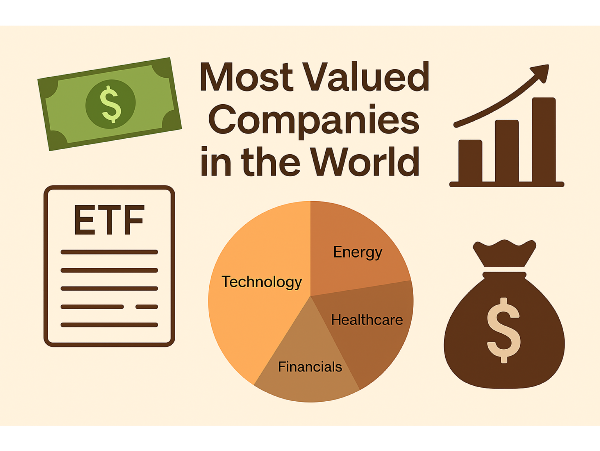

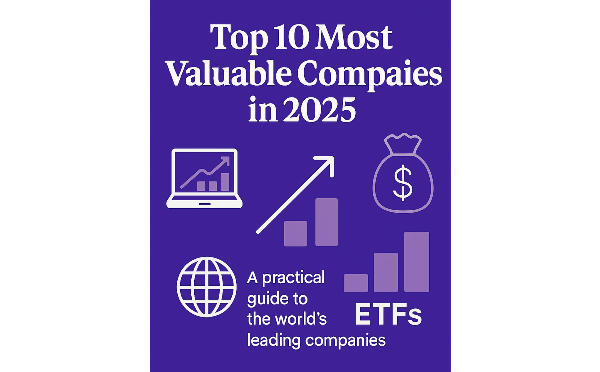
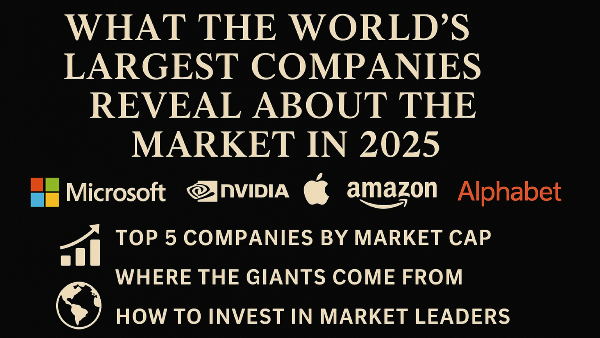
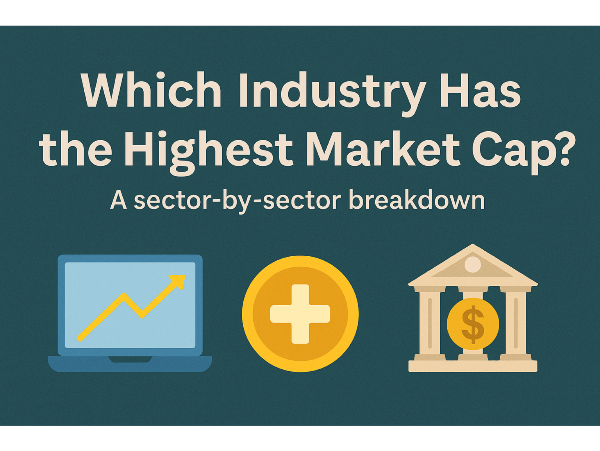
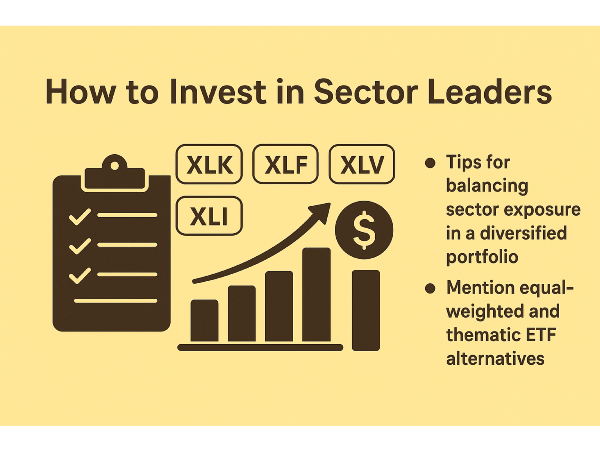
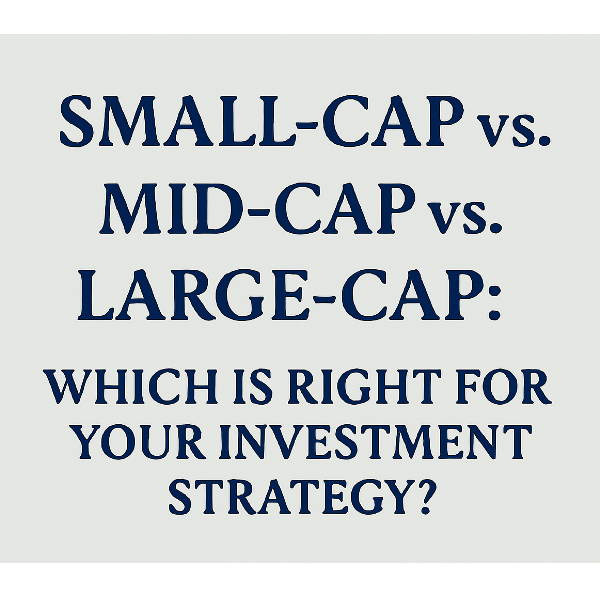
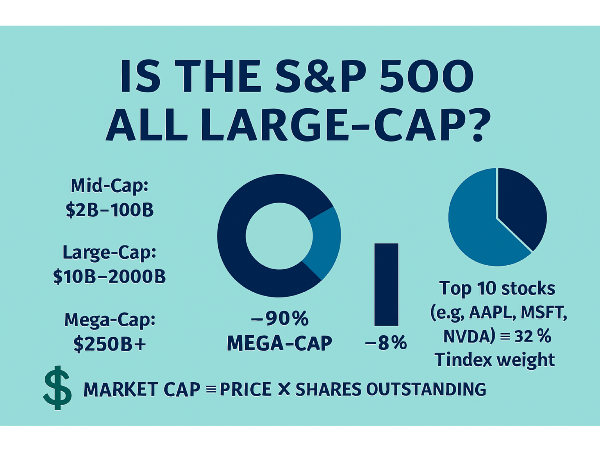
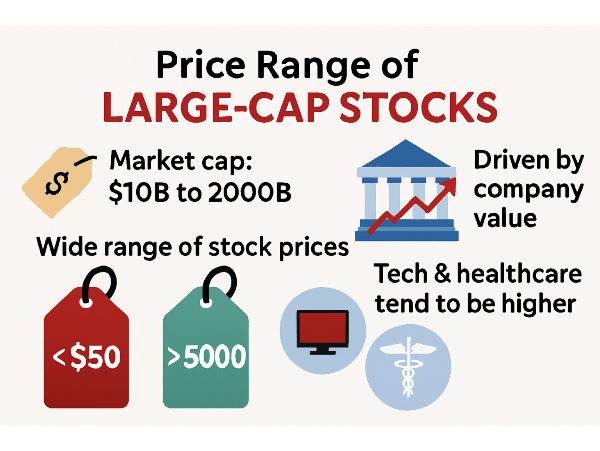
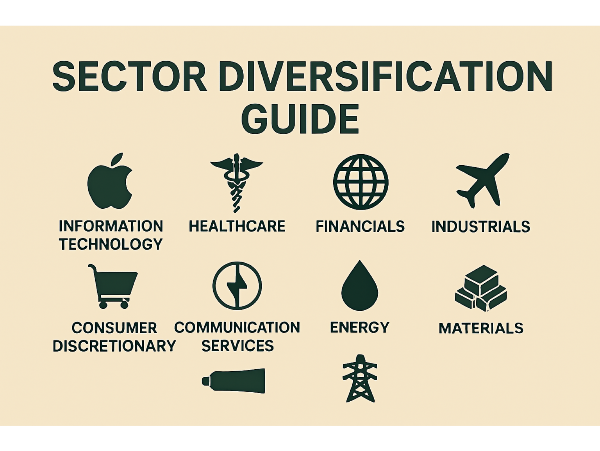
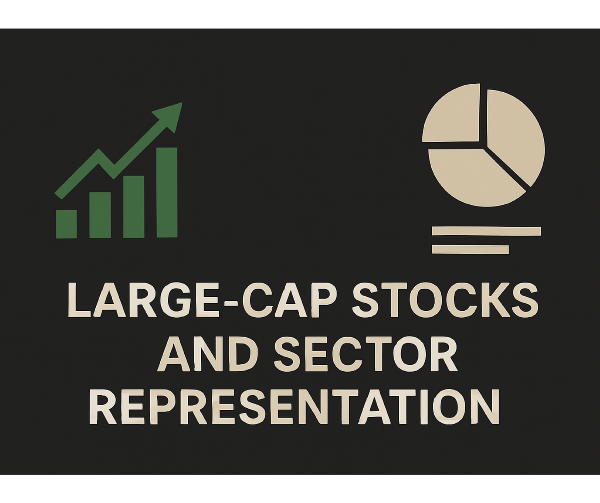
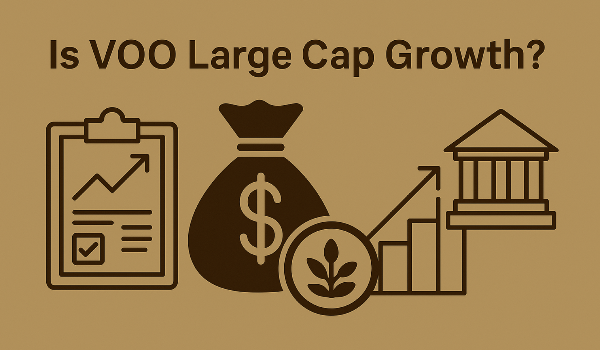
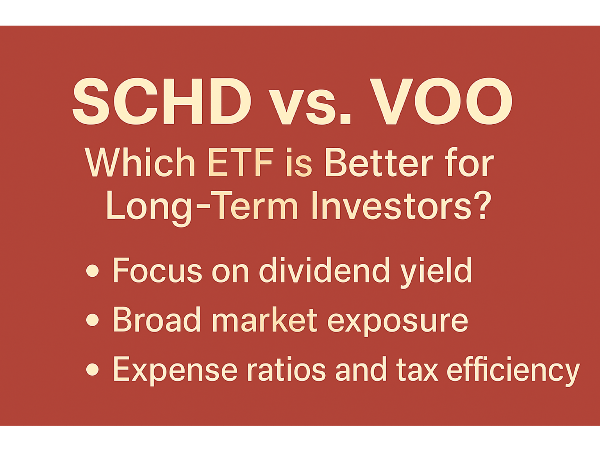







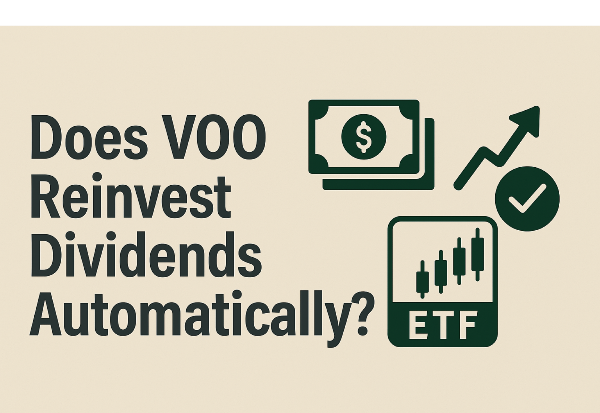
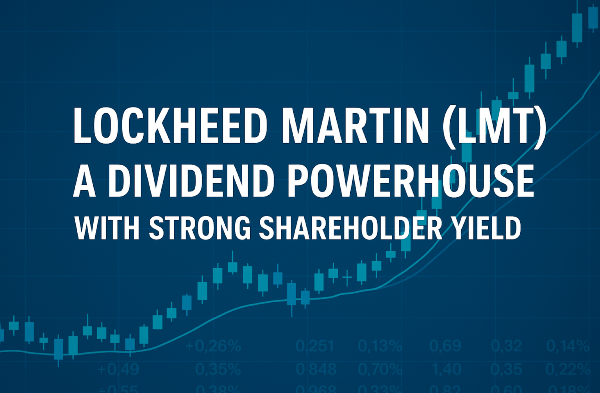








A practical guide to understanding the biggest companies on Earth, why they matter, and how to invest without overthinking it.
What Market Value Really Means—and Why It Matters in 2025
When we talk about the most valued companies in the world, we’re talking about market capitalization—the total value of a company’s outstanding shares. It’s a quick way to measure size, but also a signal of influence. These companies shape global supply chains, drive innovation, and anchor major stock indexes. For investors, they’re more than just headlines—they’re indicators of where capital is flowing and which sectors are leading the charge. In 2025, the leaderboard includes Microsoft, Nvidia, Apple, Amazon, and Alphabet, alongside global powerhouses like Saudi Aramco, TSMC, and Eli Lilly. Understanding what makes these firms so valuable helps investors cut through the noise and focus on what really drives long-term wealth.
Want expert insights from leading investment podcasts? Scroll to the end to the Podcast Transcripts📜
Top 10 Most Valued Companies in 2025: Innovation, Scale, and Global Reach
In 2025, the world’s most valued companies reflect a blend of technological dominance, healthcare breakthroughs, and energy leadership. Microsoft MSFT leads the pack with its global cloud infrastructure and enterprise software, while Nvidia NVDA has become the engine behind AI, powering everything from data centers to autonomous vehicles. Apple AAPL continues to thrive on its ecosystem of devices and services, and Amazon AMZN remains the backbone of global e-commerce and logistics. Alphabet GOOGL, through Google and YouTube, dominates digital advertising and search. Meta META is betting big on the metaverse and AI-driven content, while Saudi Aramco anchors the energy sector with unmatched oil production and reserves.
Two standout podcast episodes offer deeper insight into how these companies reached the top. In The Journal by WSJ, analysts unpack Nvidia’s rise from gaming GPUs to AI infrastructure. “They didn’t just ride the AI wave—they built the surfboard,” one guest notes at 06:58 ⏱️, highlighting the company’s early bets on parallel processing. Meanwhile, Bloomberg’s Odd Lots explores Apple’s shift from hardware to services. At 10:21 ⏱️, the host explains, “Apple’s pivot to recurring revenue is what’s keeping it at the top,” emphasizing its strategic evolution beyond devices.
Rounding out the top ten are Taiwan Semiconductor Manufacturing Company TSMC, the world’s most advanced chip foundry; Berkshire Hathaway BRK-B, a diversified holding company with deep roots in insurance and industrials; and Eli Lilly LLY, whose breakthroughs in diabetes and obesity treatments have redefined pharmaceutical investing.
Sources:
CompaniesMarketCap – Global Rankings
Stash – Largest Companies by Market Cap
Jagran Josh – Top 50 Companies by Market Cap
U.S. News – Most Valuable Companies
Forbes – Global 2000 List
What the Most Valued Companies Reveal About Sector Power in 2025
In 2025, tech continues to dominate the global leaderboard, with companies like Microsoft, Nvidia, Apple, and Alphabet shaping everything from cloud infrastructure to artificial intelligence. The rise of semiconductors is especially striking—Nvidia and TSMC now sit at the heart of global innovation. But the story doesn’t end with tech. Energy, healthcare, and financials are holding their ground. Saudi Aramco remains a global energy anchor, while Eli Lilly LLY leads in pharmaceutical innovation. Financial giants like JPMorgan Chase JPM and Berkshire Hathaway BRK-B offer stability and capital allocation expertise.
In The Macro Trading Floor, analysts explain at 08:19 ⏱️, “We’re seeing a rebalancing—tech leads, but old-economy sectors are quietly catching up.” Meanwhile, The Tape by Bloomberg highlights healthcare’s defensive strength. At 06:44 ⏱️, the host notes, “In a volatile world, healthcare is where capital hides with confidence.”
Sources:
PwC – State of the Semiconductor Industry
UPI – Taiwan’s Chip Dominance
Investing.com – Sector ETF Trends
World Economic Forum – Chief Economists Outlook 2025
IMF – Global Economy Enters a New Era
Why Market Cap Alone Doesn’t Tell the Whole Story
It reflects what investors are willing to pay for a company’s shares, not what the company actually earns or owns. It ignores debt, cash reserves, and profitability. Two companies can have identical market caps and vastly different financial health. One might be flush with cash and strong margins, while the other is burning through capital with no clear path to sustainability. That’s why investors look beyond size. Revenue shows how much a company brings in, but margins and cash flow reveal how efficiently it turns that into profit. A high-revenue company with razor-thin margins and poor cash flow is one bad quarter away from trouble.
In Animal Spirits, Ben Carlson explains at 07:42 ⏱️, “Some of the most resilient companies aren’t the biggest—they’re the ones with consistent free cash flow and pricing power.” Meanwhile, The Compound and Friends dives into why fundamentals still matter. At 11:28 ⏱️, Michael Batnick says, “You can’t just buy the biggest and expect the best returns.” Market cap may open the door, but it’s what’s behind the numbers that tells the real story.
Sources:
Alphanome.AI – Why Market Cap is Misleading
FasterCapital – Limitations of Market Cap
Ramsey Solutions – Cash Flow vs. Profit
Forbes – Why Revenue Alone Isn’t Enough
FutureTracker – Size vs. Sustainability
How to Invest in the Most Valued Companies Without Picking Winners
ETFs and index funds offer a simple, low-cost way to gain exposure to the world’s most valued companies. Funds like Vanguard’s VOO or Invesco’s QQQ bundle top names like Apple, Amazon, and Alphabet into a single investment. These funds are passively managed, broadly diversified, and ideal for long-term investors who want to grow wealth without constantly watching the market. Equal-weighted ETFs, like RSP, spread your investment evenly across all holdings. This reduces concentration risk and can outperform when smaller or mid-cap stocks rally. To balance growth with diversification, consider blending both strategies.
In The Long View, Morningstar’s analysts explain at 12:16 ⏱️, “Equal-weighting forces discipline—it trims winners and buys laggards automatically.” Meanwhile, ETF Prime explores how thematic ETFs are gaining traction. At 09:03 ⏱️, host Nate Geraci notes, “Investors are using themes like AI and clean energy to diversify beyond traditional sectors.”
Sources:
U.S. News – ETFs to Build a Diversified Portfolio
The Motley Fool – Best Long-Term ETFs BillionFire – Understanding SPX Weighting
TheStreet – Equal Weighting vs. Market Cap
Kiplinger – Diversification Guide
Conclusion
The companies at the top of the market cap mountain didn’t land there by luck—they earned it through innovation, smart execution, and a knack for staying relevant across decades. Still, size alone isn’t a signal to invest. Fundamentals, adaptability, and a solid track record matter just as much, if not more. With the right tools—like broad-market and thematic ETFs—you don’t have to pick winners. You just need a plan that’s simple, steady, and smart enough to avoid the hype. In the end, wealth building isn’t about chasing headlines.
Podcast Transcripts 🎧
1. The Journal by WSJ – How Nvidia Became the Most Valuable Chipmaker
This episode explores Nvidia’s rise from gaming GPUs to AI infrastructure dominance.
“They didn’t just ride the AI wave—they built the surfboard.”
⏱️ 06:58 – Discussion on Nvidia’s early investment in parallel processing and its payoff in the AI boom.
2. Bloomberg’s Odd Lots – Apple’s Services Strategy
This episode breaks down how Apple transitioned from hardware to recurring revenue.
“Apple’s pivot to recurring revenue is what’s keeping it at the top.”
⏱️ 10:21 – Analysis of Apple’s services growth and its impact on long-term valuation.
3. The Macro Trading Floor – Sector Rotation and Inflation Hedges
A deep dive into how energy and financials are benefiting from macroeconomic shifts.
“We’re seeing a rebalancing—tech leads, but old-economy sectors are quietly catching up.”
⏱️ 08:19 – Insight into capital flows into energy and financials amid inflation concerns.
4. The Tape by Bloomberg – Healthcare as a Defensive Play
This episode highlights how healthcare stocks like Eli Lilly are attracting long-term capital.
“In a volatile world, healthcare is where capital hides with confidence.” ⏱️ 06:44 – Commentary on healthcare’s role in portfolio stability.
5. Animal Spirits – Size Isn’t Everything
Ben Carlson and Michael Batnick explore why smaller companies with strong fundamentals often outperform.
“Some of the most resilient companies aren’t the biggest—they’re the ones with consistent free cash flow and pricing power.”
⏱️ 07:42 – Discussion on the importance of cash flow over market cap.
6. The Compound and Friends – Market Cap vs. Fundamentals
Michael Batnick and Josh Brown explain why market cap can be misleading.
“You can’t just buy the biggest and expect the best returns. Fundamentals still matter.”
⏱️ 11:28 – Breakdown of why revenue, margins, and cash flow are critical.
7. The Long View – Equal Weighting and ETF Discipline
This episode explains how equal-weighted ETFs can outperform by trimming winners and buying laggards.
“Equal-weighting forces discipline—it’s a built-in rebalancing mechanism.”
⏱️ 12:16 – Overview of how equal-weighted strategies manage risk and enhance returns.
8. ETF Prime – Thematic ETF Trends
Nate Geraci discusses how investors are using thematic ETFs to diversify beyond traditional sectors.
“Investors are using themes like AI and clean energy to diversify beyond traditional sectors.”
⏱️ 09:03 – Exploration of how themes are reshaping portfolio construction.
📌Read More About:
Top Large Cap Stocks- https://stockbossup.com/pages/topics/large-cap
What Are Large US Cap Stocks?- https://stockbossup.com/pages/post/39168/what-are-large-cap-stocks-a-complete-guide-to-big-companies-in-the-u-s-market
Large Cap Sector Breakdown: How Each Industry Shapes the Market- https://stockbossup.com/pages/post/39242/large-cap-sector-breakdown-how-each-industry-shapes-the-market
Top Companies by Market Cap in 2025: Who’s Leading and Why It Matters- https://stockbossup.com/pages/post/39259/top-companies-by-market-cap-in-2025-who-s-leading-and-why-it-matters
🌐Global & Industrial Picks:
Is Microsoft a Mega-Cap Stock?- https://www.stockbossup.com/pages/post/38850/is-microsoft-considered-a-mega-cap-stock
Is Apple a Mega-Cap?- https://stockbossup.com/pages/post/39186/is-apple-a-mega-cap-stock-understanding-its-market-influence
Is Amazon a Mega-Cap?- https://stockbossup.com/pages/post/39191/is-amazon-a-mega-cap-stock-evaluating-its-market-influence